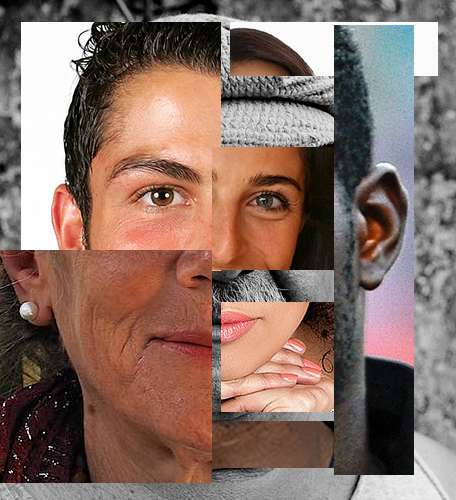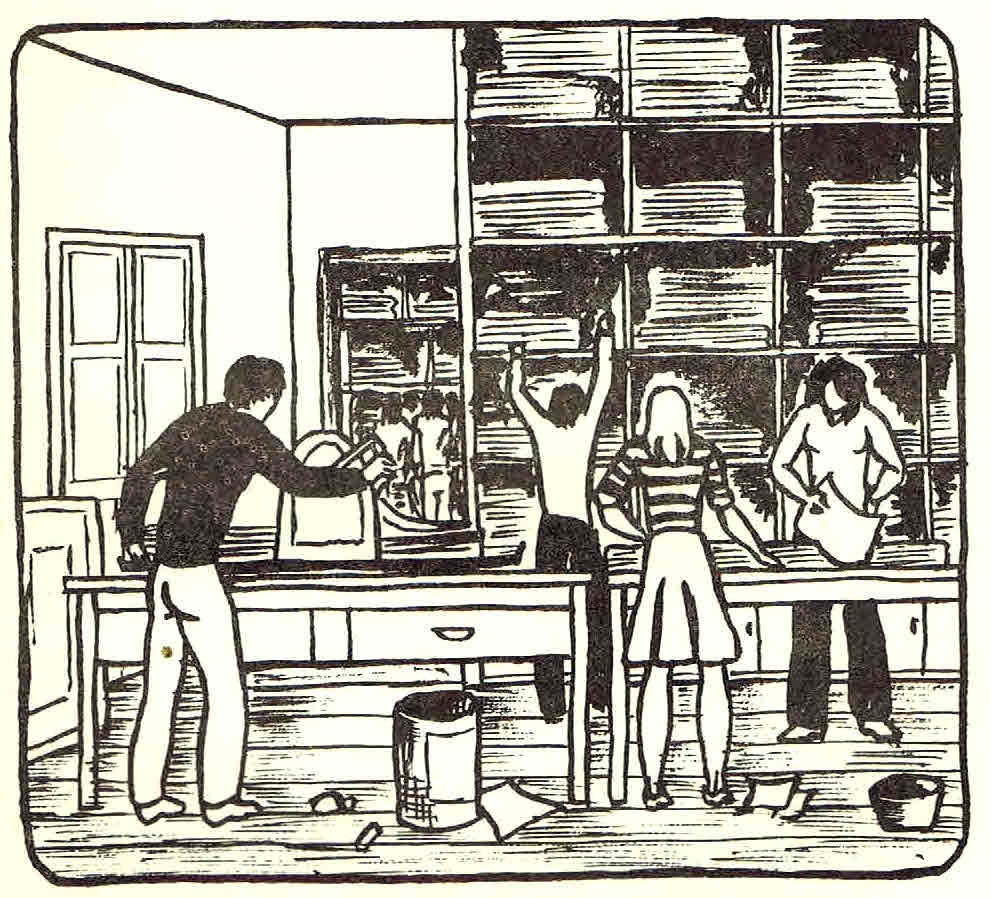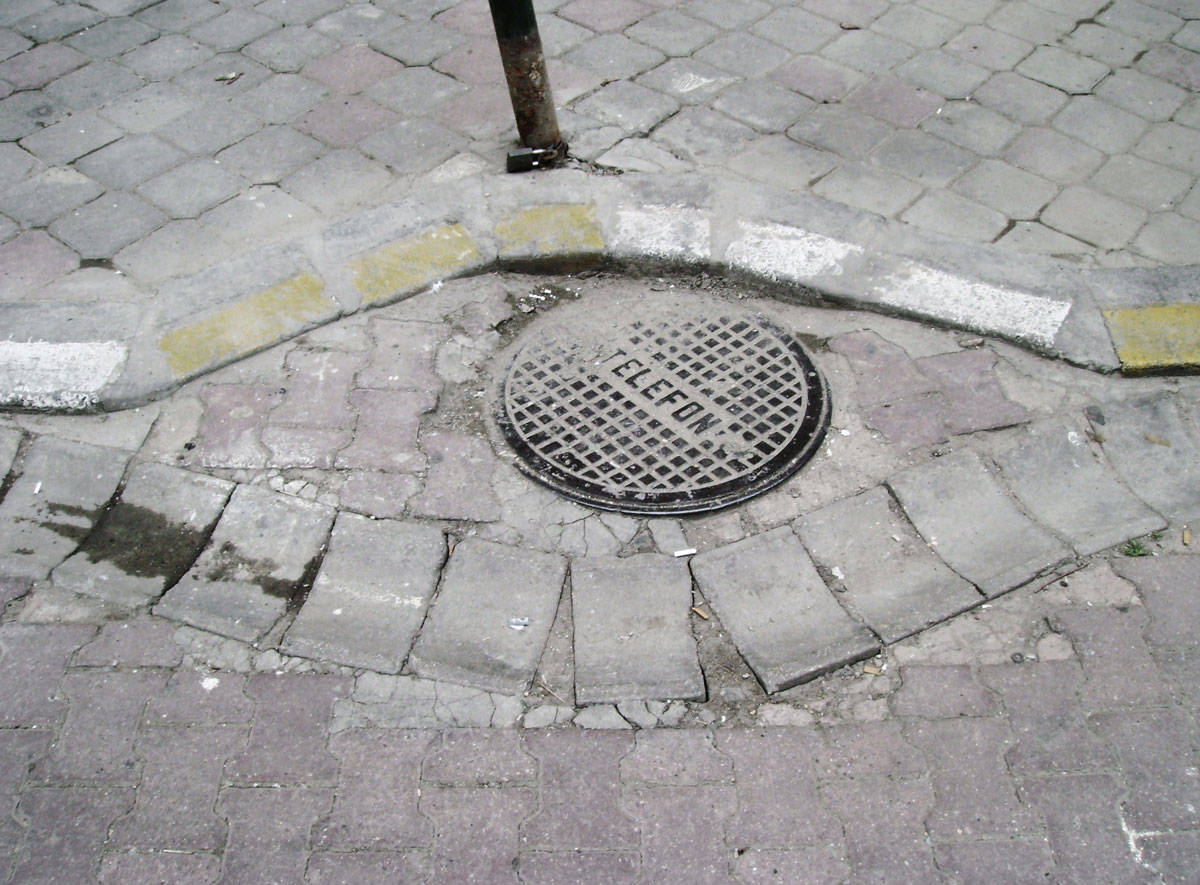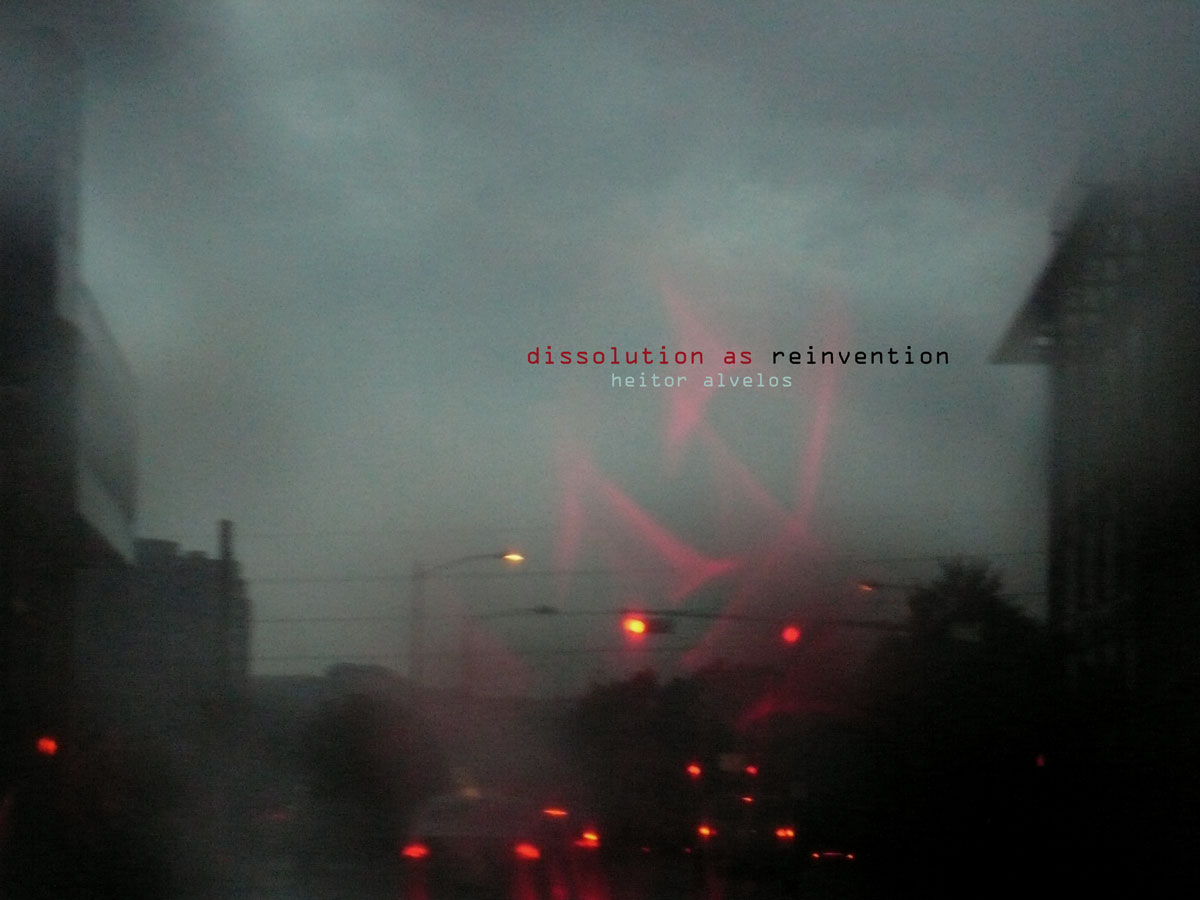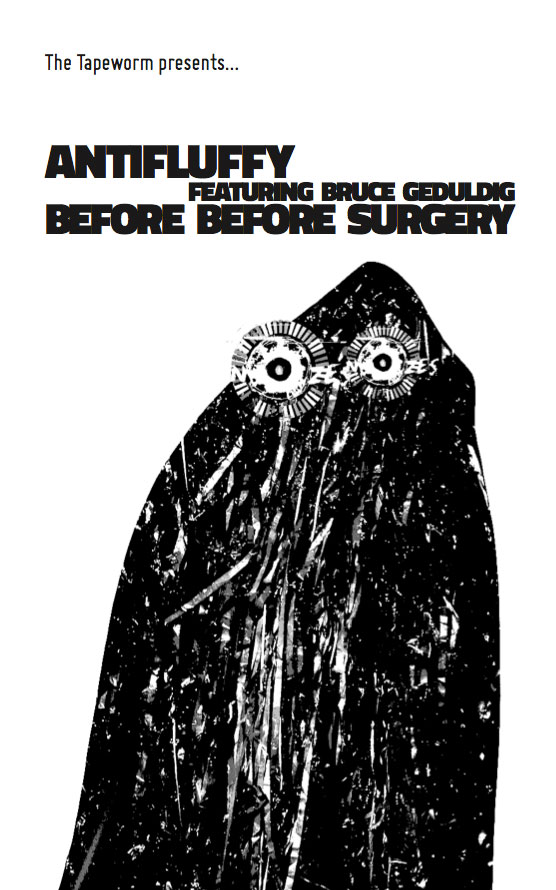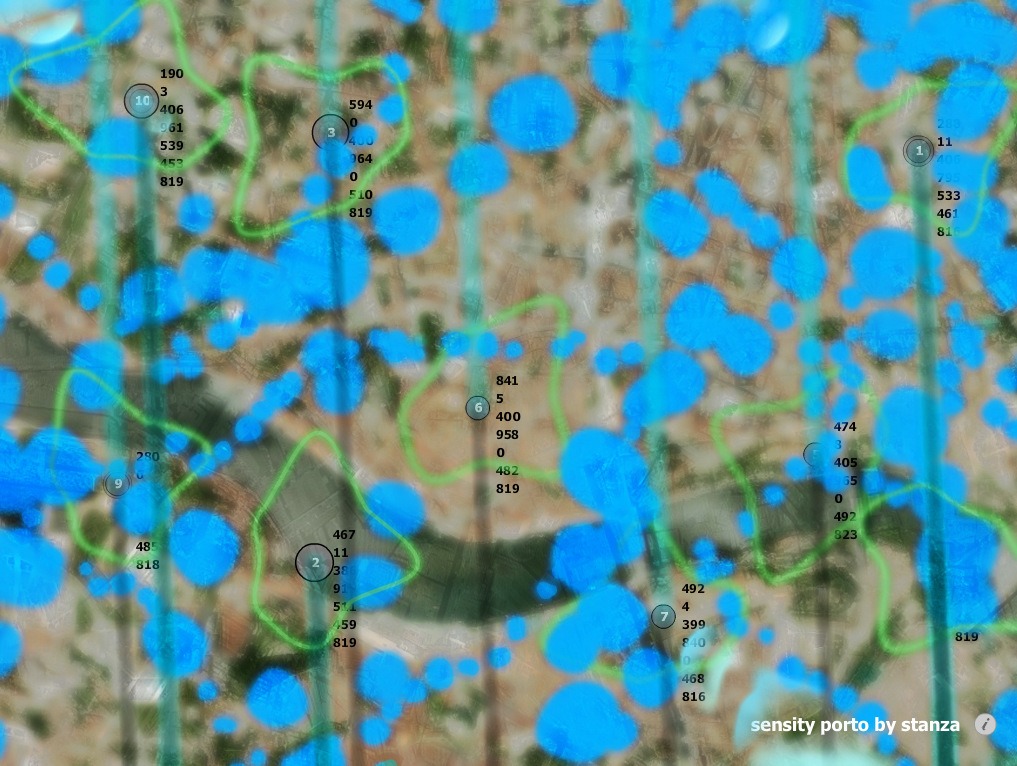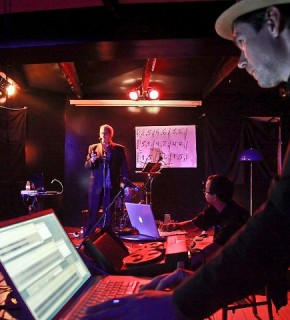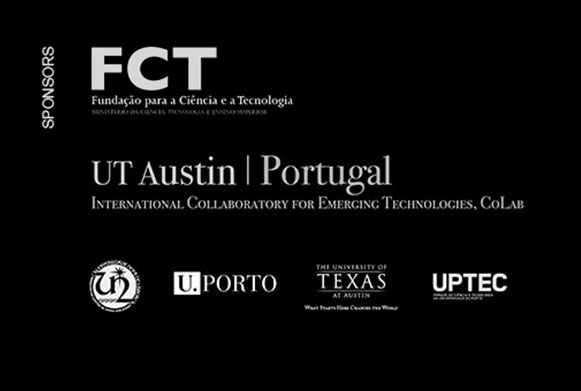The starting point is an intrigue. The very title of the festival “Future Places” intrigues by its effect of both ‘displacing’ us from the present and ‘placing’ us in the local. This projection forward and anchoring in place drives us to consider this title as an interrogation and reflect on its implications. A suggestive overture that encourages, not so much a quest for fixed answers, but an opening up to a space of inquiry and investigation, rehearsing possible approaches and insights by unlocking them.
In the festival’s motto the “cause and effect” dialectic is called-in to question how digital media can shape local cultures and how they can be shaped by them. In other words, how can they form culture, and what forces and agents drive the local cultures’ approaches to digital media. Bearing on this idea we now propose a view of the festival that surpasses the more evident surface manifestations of this question, and concentrate on the creative discourses that arise from it — the ones that address digital and computational technology in the creative realm, its potential for aesthetic creation in artistic and designerly ways.
Some examples among the diversity of works and initiatives that integrated the festival then come to mind, such as the distinguished projects of Filipe Pais Ferreira’s “Living Room Plankton”, that visually outputs the organic behavior of a artificial organism in its reactive performance to an environment, or the work of Rudolfo Quintas, “Burning the Sound” that in a ritualistic manner uses fire and gesture as the basis for a visually amplified sound art performance. In a somewhat similar manner Ivan Franco’s performance, based on an instrumental interface that responds to natural bodily gesture, emphasizes the possible ways of approaching natural interaction processes in interfaces for creative expression.
Although diverse in nature these works can be related in the way they explore their inherently auto-referential, abstract character. As Levin (2003) argues, they can be seen as “abstract computational art-systems that address, as their subject matter, dynamism (the way things change over time), interactivity (the character of the feedback loop established with a user), and processuality (the character of algorithmic processes)…”. Another relevant aspect involves the way the senses are addressed in these works, through the combination and crossings of sensory modalities, as they “extend the creation of form across sensory modalities without necessarily promoting a tight coupling of multisensory events” (Hertz et. al., 2001). Different relations between sensory inputs and outputs are articulated, be it in an audiovisual performance, a visually augmented sound performance or, as in Ferreiras’ work, by gathering sensory data (as temperature, sound, light variations) and integrating it in the causal chain of reactions that originates an ever-changing visual output.
The above works explore the emergence of meaning with processed based strategies, or the way these systems organize data, proposing new forms of user engagement in the way they structure user’s experience of this data. This path of reflection was then extended with the “Active Media” workshop, conducted by Boris Debackere and Steven Devleminck from the Transmedia Program in Arts, Media and Design (Brussels) that proposed to explore the principles of generative processes by mapping a chosen system. The concept of mapping is here paramount — as a more objective or subjective process, selective and essentially arbitrary. As Manovich (2002a)states, it gives us the possibility to create meaningful aesthetic manifestations of phenomena that normally fall outside the scale of human senses, human perception and cognition.
By confronting the previous works with the workshop proposition, we can then evoke what Christiane Paul refers to as an “art of relation”:
“The aesthetics of digital culture can be explorations of what relations in the virtual space of the computer are about and a communication of those explorations back to our physical space and time. (…) Digital media lend themselves best to an art of relation and to imagining topographies of relations that transgress those of the physical world”. (Paul, 2005)
.
This idea of an “art on relation” underlines the blending of media spaces and categories that the aforementioned elements of the festival reveal, and that is tied to the very notions that navigate the margins of the term media. These notions indicate a disturbance around the conception of medium that has been radicalized in the late 20th century by digital and computational technology. As “intermedia” cedes way to “transmedia” another question arises with the focus on the “active” nature of media that relates to Manovich’s program of a “post-media aesthetics”.
These ‘inter’ and ‘transmedia’ conceptions reflect that the reality of art practices persistently defies and operates outside the established conceptual and institutional boxes, transgressing and crossing their boundaries. These conceptions can somewhat be illustrated by the works of Ivan Franco or Rudolfo Quintas. Their intermedia nature can be recognized in that they interrelate and merge media categories, as their “compositional process works across the boundaries between media, or even fuses media, implying structures that are shared by or translated from one medium to another” (Hertz et. al.). The transmedia conception entails that they transcend the notion of media specificity. In distinct ways, these two notions conceptually reflect the potential “transformative” quality implicit to digital and computational media.
Manovich (2002b) develops a parallel line of thought that completes the idea of a “medium in crisis” as a threat to the traditional idea of medium. Therefore, and to adequately address the contemporary computer mediated culture, a “post-media aesthetics” is required — one that, among other aspects, updates the information communication model including the notion of software underlining the “active role technology plays in cultural communication” (Manovich, 2002b). This active role is translated in the notion of “active media” that the workshop proposed to explore: “media do not represent, they generate” as Debackere and Devleminck affirm, suggesting an understanding of media as “ephemeral: transforming and growing systems in themselves”.
In sum, the reality of the diverse creative works that the festival confronted us with, specially those who foreground their active, transformative and participatory qualities, illustrate the questioning that the notions gravitating around the term media entail: a shift in their very nature and consequently on the categories that we use to frame and understand them. By underlining the active role technology plays in cultural communication, by exploring the inter-spaces between media categories and by transcending them, we find our “future places” as places of action and transformation.
Returning to Brzyski’s discussion on the blurring and crossing of established taxonomical categories:
“If inter-relationship posits engagement between terms (nations, disciplines, media), then trans-relationship creates a vision of transcendence of the system, a utopian state of disengagement that nonetheless affirms the system as real. (…) Here as with the inter-terms, in order to transcend one must have something to rise above. Without the referents of nation, discipline or medium, there can be no trans-nationality, trans-disciplinarity, or trans-mediality.” (Brzyski, 2008)
In fact, this statement, might also be understood as a metaphor of the perspective that the Future Places Festival established, by both acting on the “inter” and “outside” level of its its referents (digital media, place, local culture), or by addressing the engagement between them and their very transcendence.
With its international call, its transversal view on a diversity of projects, and by pervading public spaces and staging festival activities in diverse contexts, the festival reveals, investigates and questions what is already happening in terms of the potential and impact of digital media on local cultures. In the context of “Future Places”, the over-quoted statement by William Gibson gains new sense: “The future is already here, it’s just unevenly distributed.”
Luísa Ribas
.
Brzyski, Anna. New Media, Old Media, Inter-Media, Trans-Media: A Historic Perspective. Journal of the New Media Caucus Vol. 04.N. 01, 2008.
Hertz, Paul, et al. Erasing Boundaries: Intermedia Art in the Digital Age. Panel Presentation N-Space Art Gallery SIGGRAPH, 2001.
Levin, Golan. Essay for Creative Code. Flong, 2003. <http://www.flong.com/texts/essays/essay_creative_code/>.
Manovich, Lev. Data Visualisation as New Abstraction and Anti-Sublime. Manovich.net. 2002a. <http://www.manovich.net/DOCS/data_art_2.doc>. (08-10-2008 )
Manovich, Lev. “Post-Media Aesthetics.” In What’s in a Name. Ed. Herman Asselberghs. Vol. 01. Transmedia Texts Series. Brussels: Hogeschool Sint-Lukas, 2002b. pp. 12-20.
Paul, Christiane – “Intermedia in the Digital Age”. In Intermedia: Enacting the Liminal. Breder, Hans, and Klaus-Peter Busse (ed.). Dortmunder Schriften zur Kunst, Intermedia-Studien, Vol. 1. Norderstedt: Books on Demand GmbH, 2005. pp. 37-50.

